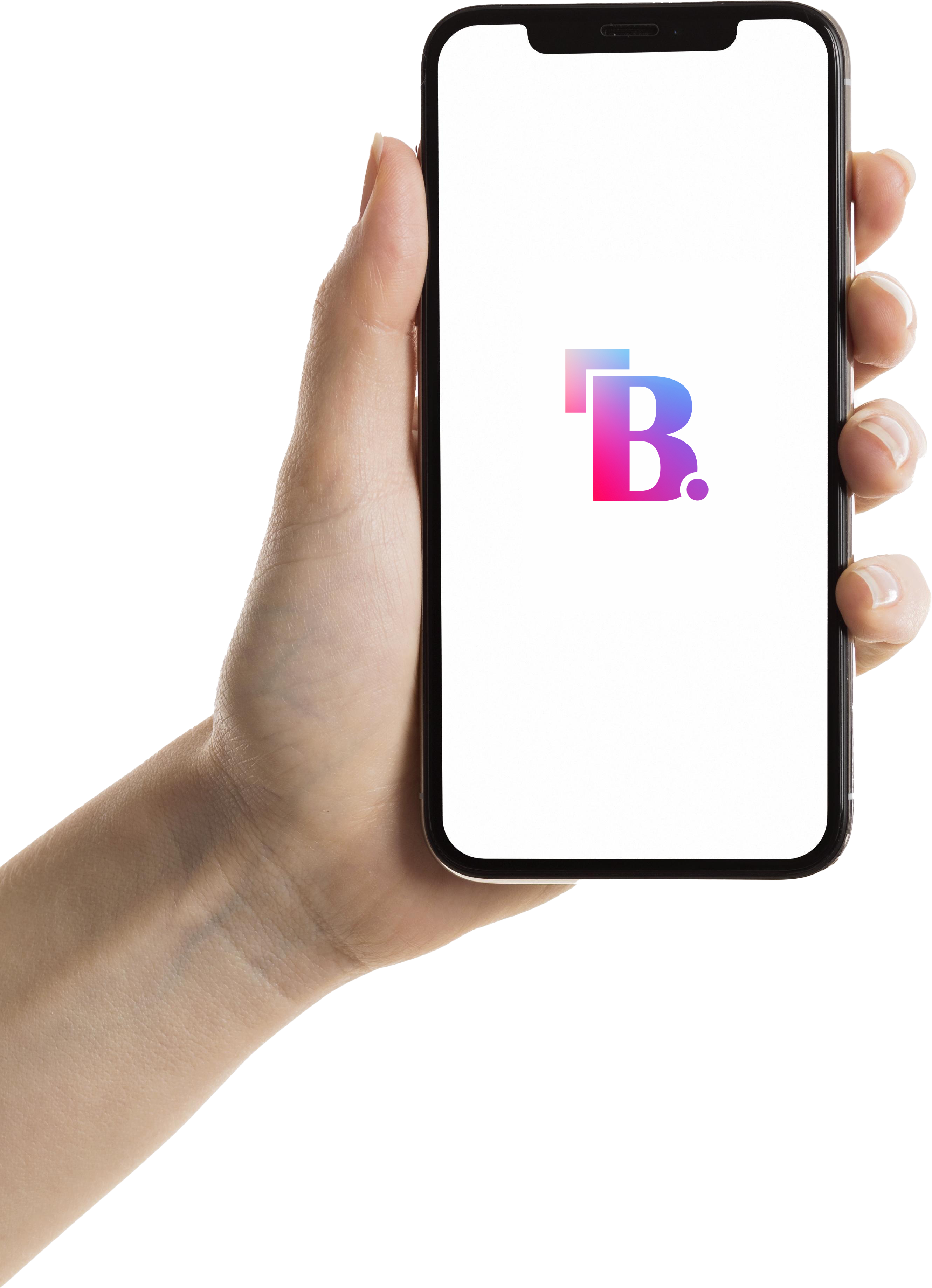Zara Marketing Strategy
Zara's Global Fashion Formula: A Case Study in Agile Marketing & Retail Strategy
Zara, a trailblazer in fast fashion and a flagship brand of Inditex, has carved out a unique niche in the global apparel market with a valuation exceeding $13 billion. The brand’s ability to respond rapidly to changing consumer tastes while maintaining a lean marketing budget has become a benchmark in retail strategy. At the heart of Zara’s success is a customer-first mindset, operational agility, and a strong retail presence supported by data-backed decision-making.
Origins of a Fashion Empire
Launched in 1975 in Galicia, Spain, Zara began as a modest store offering affordable fashion. Founders Amancio Ortega and Rosalía Mera built a model rooted in speed and flexibility — two traits that later became the cornerstone of Zara’s global appeal. Unlike conventional retailers, Zara’s approach emphasized rapid design-to-shelf cycles, allowing it to refresh collections weekly based on real-time feedback and demand.
Today, Zara operates over 3,000 stores across nearly 100 countries and has become synonymous with fashion that’s both current and accessible.
Target Audience: Fashion for the Fast-Paced
Zara caters to modern, style-conscious individuals who seek fresh fashion at an accessible price. This demographic ranges from teenagers and working professionals to families, united by a desire to wear contemporary trends without long lead times or premium price tags. The brand resonates strongly with urban customers who appreciate minimal branding, clean aesthetics, and high turnover of collections that reflect international runway styles.
Brand Philosophy and Identity
Zara’s branding is understated yet powerful. Its logo, simple and type-focused, mirrors the brand’s decision to let its designs speak louder than its marketing. With minimal reliance on overt branding or large advertising budgets, Zara maintains an image of quiet sophistication. In place of splashy ad campaigns, the brand opts to invest in sleek retail environments and trend-forward collections that draw customers organically.
Zara’s Marketing Mix Breakdown1. Product
Zara releases new styles in quick succession, offering limited quantities to maintain exclusivity and drive urgency. The product range spans women's, men’s, and children’s apparel, along with accessories, footwear, and home goods. Recent additions include Zara Beauty — a line of cosmetics that reinforces the brand’s lifestyle appeal.
The company designs and releases nearly 450 million items per year, swiftly retiring underperforming designs and iterating based on current market demand. Basic wardrobe essentials and bold seasonal items coexist in Zara stores, appealing to both the minimalist and the trend-chaser.
2. Price
Zara positions itself in the “affordable premium” segment. Its pricing strategy is finely tuned to local economies and customer expectations. While price points vary by region, the brand maintains a perception of value by balancing design quality with reasonable cost. Psychological pricing and subtle promotions are employed to encourage purchase decisions without relying on constant discounting.
3. Place
Zara combines a dominant brick-and-mortar presence with a growing online ecosystem. Flagship stores in major fashion capitals serve as immersive brand showcases, while its e-commerce operations offer convenience and broader accessibility. A centralized logistics hub in Spain ensures efficient global distribution, enabling Zara to deliver the latest trends worldwide with minimal delay.
4. Promotion
Unlike its competitors, Zara allocates a minimal portion of its budget to traditional advertising. Instead, it relies on product-driven promotion: prime store locations, dynamic in-store experiences, and regular product turnover. Social media platforms like Instagram and TikTok are used primarily for product discovery and brand storytelling, supported by influencer collaborations and organic content rather than paid ad saturation.
Key Elements of Zara’s Strategy1. Fast Fashion Pioneering
Zara’s entire business model is designed around speed. Its vertically integrated operations — including in-house design, local manufacturing, and streamlined logistics — allow it to take a design from concept to store shelf in as little as two weeks. This agile setup ensures Zara is always aligned with global fashion shifts.
2. Customer Insight-Driven Design
Zara’s product decisions are informed by real-time data. Store managers and digital platforms act as feedback loops, helping designers understand what customers want. This intelligence has allowed Zara to respond rapidly to viral trends — such as producing a pink scarf requested across multiple countries in just seven days.
3. Store Experience as Marketing
Zara’s physical stores are meticulously designed, from minimalist interiors to curated window displays. Store staff are trained to mirror the aesthetic and cultural tone of the local clientele. With such attention to detail, Zara’s retail environment becomes both a sales engine and a branding platform.
4. Sustainable Practices
Though Zara operates in a fast fashion ecosystem, it has made visible commitments to environmental responsibility. The "Join Life" collection showcases eco-conscious materials, and the brand has pledged to reach net-zero emissions by 2040. Programs like “Closing the Loop” promote recycling and ethical sourcing, enhancing Zara’s appeal to environmentally aware shoppers.
5. Digital Innovation
From AI-enhanced demand forecasting to mobile-first shopping experiences, Zara invests in digital tools that streamline operations and enhance customer convenience. Features like personalized product recommendations and easy returns boost shopper satisfaction while reducing friction.
6. Strategic Collaborations
Zara keeps its product line exciting through limited-edition drops and high-profile collaborations with designers, artists, and brands. These partnerships create buzz and drive traffic, both online and in-store, while positioning Zara as culturally in-tune and creatively bold.
Lessons Startups Can Learn from Zara
-
Speed is a superpower: The ability to rapidly adjust based on real-time feedback is crucial for staying competitive.
-
Let your product be your voice: High-quality products and customer experiences can generate organic buzz without heavy ad spend.
-
Think global, act local: Localization — from pricing to product selection — can make an international brand feel locally relevant.
-
Sustainability matters: Even in fast-moving industries, long-term success requires environmental and social responsibility.
-
Data drives design: Using customer insights to inform innovation leads to more relevant and desirable offerings.
Final Thoughts
Zara has transformed the fast fashion space through a sharp focus on operational efficiency, style relevance, and minimalistic brand presence. With a strategy rooted in rapid production cycles, tight supply chains, and digital evolution, the brand has built a loyal global following — all while spending a fraction on advertising compared to rivals. In doing so, Zara has not only dressed millions but also rewritten the rules of retail marketing.
Popular Posts

OM Redox - Your Oxygen Box
OM Redox Your Oxygen Box is a convenient, portable oxygen provider, ready to use at the touch of [...]

Best Website Development Technology
PHP is often regarded as one of the best technologies for website development due to its flexibil [...]

Bira 91 Markeing Strategy- First Craft Beer of India
Beer enthusiasts are well aware of the wide range of options available, whether they're at a bar [...]




